I read an interesting and thoughtful post on rating a book and I like to share my thoughts. Rating (i.e. 5 stars and so on) it self is a subjective matter. The experience in reviewing books on Amazon (which requires a rating of up to 5 stars) brought to awareness that such a rating system, if not just without flaw, will require constant adjustment of previously reviewed books when more books are being reviewed. Rating at best is relative only. How would I rate a highly readable, plot-driven book with very plain writing? In the same way, should a literary fiction that is slog for the most of it be given the same rating? I recall the point made on a post about pulp fiction and classic. If a key factor to a bestseller is readability, then the definition of a classic is re-readability. A classic is a book that has never finished saying what it has to say. A classic is a work of literature that, regardless of the style and forms, affords new meaning and interpretation every time it is read again. Re-readability implies a book that has (a) first manifest for reader as an objective entity, (b) imbued a world view and awareness that transcend reader’s understanding, (c) never finishes what it has started to say, and (d) makes a lasting impression in reader.
Keeping the above criteria in mind, I rate books as Read, Skim, or Toss, supplementing with Buy or Borrow, based on how much of an impression a book has made in me (Will I remember what it’s about a year later?). Consider three books from different genres. I rated them all Read. The Great Gatsby is an American classics because it captures the intimation that the American dream has been corrupted by the sole, empty pursuit of money. The foresight and divination of the book, which reflects very sharply and accurately the materialistic world that we live in now. Noble House by James Clavell is an epitome of pulp fiction (airport novel): electrically engaging, page-turning, and plot-driven. The writing is so much better than most half-baked bestsellers. Molly Fox’s Birthday by Deirdre Madden is purely literary fiction. It’s a person’s reflection of her friendships over the years in a stream-of-conscious style. Instead of a forward, linear plot, the novel is a montage of small moments, petty incidents, and emergence of bygone affection that years later become defining point of these friendships. My current read, The Sea by John Banville, is very much like Molly Fox’s Birthday except I don’t resonate with the protagonist nor his childhood memories. How would the rating take into the account of my preference of Madden’s book over Banville’s? Banville might very well be a Read but not a Buy.
Filed under: Personal, Reading | Tagged: Books, Personal, Reading |





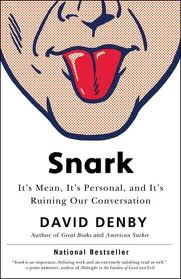








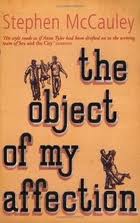





















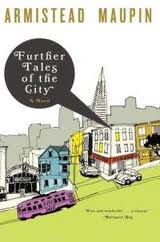









































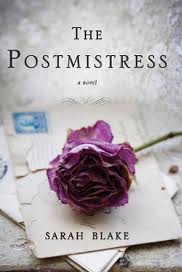












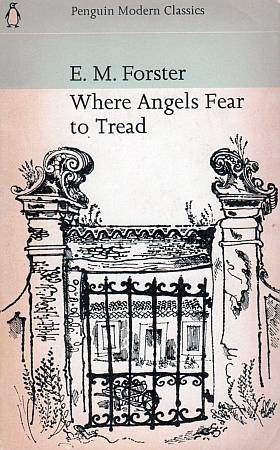















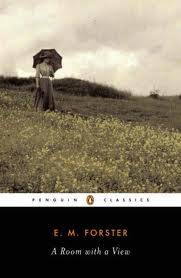








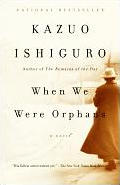

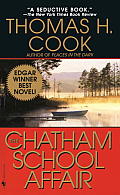




















































































































































I agree it is very subjective but I do find the Buy or Borrow a great way to gauge how you really felt about a particular book.
Sometimes I just don’t feel compelled to re-read a book and I rate it as Borrow. A book that I most likely won’t recommend to friends is also Borrow.
It is a very subjective and like the post talks about I often find myself reconsidering my ratings after I’ve already put them up. I agree with what you say here though, I can give three totally different genres the same rating but I look for different things in the books.
Right, I feel it’s unfair to rate books from different genres (i.e. popular fiction, literary fiction, mystery) with the same rating system that is based on quality of writing or story.
I personally love your rating system! I find it really helpful, informative, and creative. I’d snag it for you if I had fewer scruples! 😉
Good, Steph. 🙂 I’ve been trying to figure out from other reviews whether I should buy or borrow a book.
I really enjoy your rating system. As I use the library quite extensively, I know that there are many books that I read, and enjoy, but I do not feel the need to have in my personal library (mostly because I do not think I will re-read over time). Thus, I can truly relate to your read/borrow rating.
Exactly, I suppose I would only buy the ones that I would either re-read, recommend to friends, and lend out to others. Sometimes I want to look up specific sentences (if I can remember) or certain style of writing, it’s good to have the books handy.
I like your system of rating, combining the two different systems you use often gives a good idea of your thoughts on the book. And thank you for the mention.
Star rating is troublesome for me because I would have to keep revising previous ratings when I read something that is more superior either in writing style or story (or both). There is no baseline in such system.
waow… the great post today. thank you.
I really agree with everything you say. You always make so much sense! I struggled with my rating system for all the reasons you listed. I felt edgy when I rated a classic, a women’s fiction and a murder thriller the same rating. I change my mind as I read better stuff. But there you go. I doubt I will change my methods, but do really like yours.
Sandy, I think you really do a great job explaining, in your reviews, what you like and don’t like about a book, regardless of the genre. So provided that your reviews are justified, readers would appreciate the ratings. 🙂
Though obviously everybody has different views on how to rate, if to rate, when to rate, what to rate (etc.), I have to admit that I dislike this idea that a book is essentially worthy of being read (worthy enough, that is), but not worthy of having money spent on it. If a book is good, it’s good. Adding criteria that belong to entirely other dimensions is like avoiding the tough question of, “Well, is it really that good?”
I’m saying this mostly theoretically, as ultimately reviews/ratings are judged by their ability to get their message across, and your reviews certainly do excellently in that field!
In keeping the sentiment of your comment, I think there is no such thing as a bad book. How would a bad book pass through the editorial team in the publishing house? Different rating systems reflect how widely the book will reach the audience. Regardless of what system is implemented, what the actual message in a review matters the most.
I don’t have a rating system but I do use other sites such at GoodReads and Barnes and Noble that require me to rate the books, and I always find myself stumbling a bit over it. It’s just a number to me.
I find your rating system much more useful. It gives me a good idea in my mind what you think of the book.
As a reader, I’ve trying to look for the most reliable opinions on books so I can decide if I would spend money on them. A five-star rating sometimes can be ambiguous. So I look for average rating with at least 50 or so reviews. That carries more weight.
You are so right Matt and this is why I love your rating system.
I am hoping readers find my reviews helpful and that they will be interested to pick up the books.
I like your Read, Skim, Toss system, but personally prefer using verbal ratings from “absolutely fabulous” to “why did I bother?” and “horrible”. Ratings and reviews seem to be this week’s topic. If you’re interested, here are my five cents.
In keeping the sentiment of your comment, I also enjoy your rating system. In general, what matters the most to me is the review lives up with the one-phrase verdict. 🙂
I rather like your rating system as well. It gives a really good sense of how you felt about the book. If I were to employ one, I would use something similar to yours.
Thank you Juanita. I’m trying and trying my best to get my message and thoughts about books across.
[…] Thoughts on Rating […]